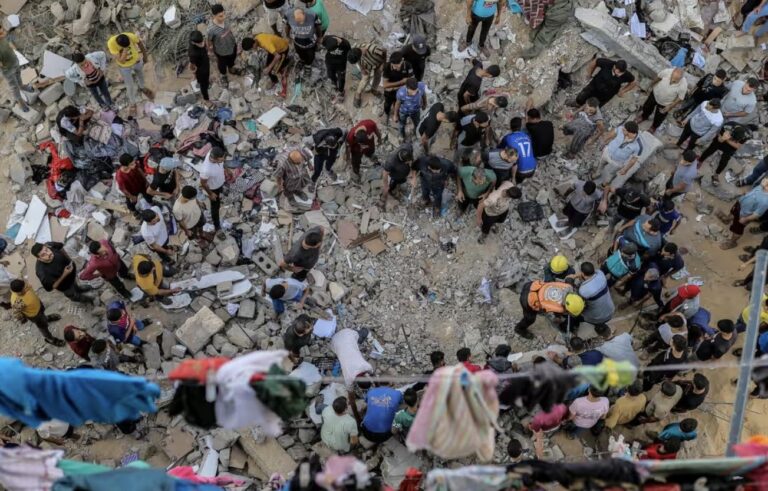They call it the “subway” of Gaza. 500 kilometers of an intricate and dense network of underground joints: in total the Israeli Defense Forces (IDF) estimate there are 1000-1300 tunnels providing shelter and military cover for Hamas.
Table of Contents
How the tunnels were built
With entrances near civilian buildings, homes and schools, the tunnels appeared long before the Palestinian militia took power in the Strip after the internecine war with Al-Fatah ended in 2007.
The cross-border tunnels, in fact, originated in 1980 for smuggling between Gaza and Egypt. The first one was discovered in 1983. With the fall of the Muslim Brotherhood many have been closed or earmarked for something else. But there are still more than a thousand, the militia declared a few years ago.
Since the Hamas takeover of the Strip, and the subsequent strengthening of the Israeli siege state, the tunnels have doubled in number as they are considered a key tool for the militia, especially for the military arm of the al Qassam Brigades.
What the tunnels look like
The tunnels are 2 meters high and 1-1.5 meters wide. They are up to 45 meters deep, although according to some commentators they can go even lower. In several sections they are so wide that even donkeys and motorcycles can pass through, and some have tracks on which carts run to transport goods and weapons.
A little more than a decade ago Israel discovered one that reaches into its territory from Gaza by traveling about 2.5 kilometers under 20 meters of earth.
The “metro” allows communications from one side of Gaza to the other and functions as a storehouse of food and weapons, thanks to the ability of those who built them, often using reinforced concrete. Most importantly, the network allows for raids into the territory of the Jewish state and to plant explosives under Israeli positions.
Stockpiles for months
There is a life down there where Hamas has stockpiled supplies. Including food and fuel that it desperately needs come this stage of the conflict.
The New York Times reports that Palestinian militiamen have set up warehouses with everything they need for a prolonged fight. And it now has hundreds of thousands of liters of vehicle and rocket fuel, stores of ammunition, explosives and materials to produce them. As well as supplies of food, water and medicine.
A senior Lebanese official reported that “Hamas has enough supplies to continue fighting for three or four months without having to rely on supplies.”
Operations to unhinge underground defenses: yesterday and today
In 2014 the Israeli Operation Margin of Protection was also launched to unhinge Hamas’ underground defenses. Many Israel Defense Forces (IDF) soldiers died in the attempt.
In 2021 during Israel’s Operation Guardian of the Walls, Yahya Sinwar, a militia leader in Gaza and wanted number one, explained that “the extent of tunnels in the Strip exceeds 500 km.”
The Gaza Strip has an area of 365 square kilometers. Which would mean that the tunnel system covers most of the enclave. In 2021, the IDF announced that it had destroyed more than 100 km of tunnels. Claim however denied by Sinwar.
Today the Idf bombard the Strip in an attempt to neutralize them, although there is no shortage of ground incursions. Radar is often not enough to detect the network, but area reconnaissance is needed.
Thus Israeli forces allegedly scouted the organization’s central command under Shifa Hospital, Gaza City’s main and the Strip’s largest. Which the IDF claims is used by Hamas to hide and use civilians as human shields. A “lie,” disavowed the militia.
Read also: Why is there conflict in the Gaza Strip? The history and reasons for the war












